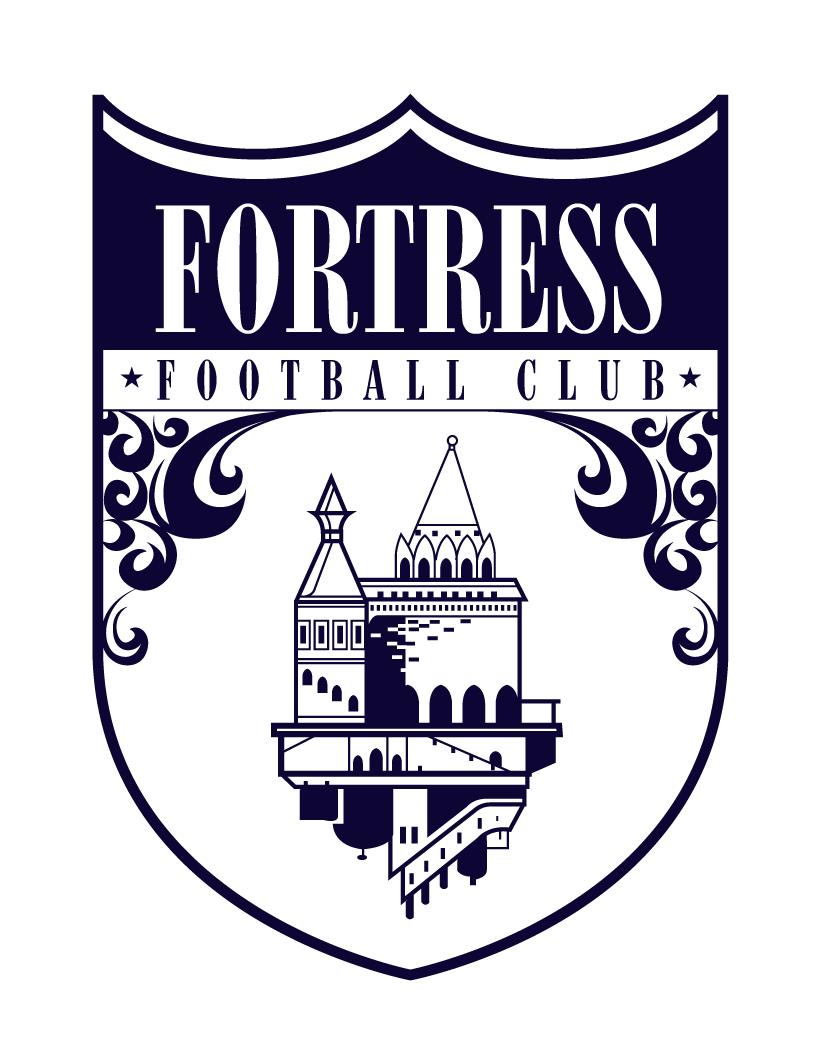Rondos
Last week we concentrated on building out of our back half and on rondos. Rondos will continue to be the staple in our practice sessions. Rondos are games of keep away that help a player develop technically and make decisions under constant pressure. Johann Cruyff said, "Everything that goes on in a match, except shooting, you can do in a rondo. The competitive aspect, fighting to make space, what to do when in possession and what to do when you haven’t got the ball, how to play ‘one touch’ soccer, how to counteract the tight marking and how to win the ball back.”
The rondo helps circulate the ball fast between teammates, and when we’re on offense, this is how we want to play. The ball moves much faster when passed around proficiently than any individual's dribble. Since we are trying to disorganize the defense and attack based on this disorganization, it’s important we learn to circulate the ball with pace and control.
Here’s a video of a 3v1 rondo: https://www.youtube.com/watch?v=VeGU4bF5rU0
Notice how the ball is circulated with pace. The boys on the perimeter moving the ball make only the necessary movements to get open when they don’t have the ball. The game is very anticipitory, requiring more mental output than physical when done well. The defender must go 100% as he is learning to get the ball back as fast as possible when his team loses it in a game. Also, notice how the defender in the middle gets tired after a short time. This is what we want to do to our opponents, to help them make what would be perceived as physical mistakes, but are in fact mental lapses due to being tired, frustrated, or a sort of “giving up". The field is filled with directives from teammates in this video which is extremely important and something we will emphasize this week.
When our opponent’s start to become disorganized, the concept of the the third man, or open man, comes into play. When I have the ball, I’m looking to play a slightly longer pass across a line of defense (attacking, midfield, or defending depending on where I’m at on the field) to a player up the field (2nd attacker) who will set the ball back to another player (3rd attacker) who has now received the ball in space with no marker and can make decisions. This is important to maintaining possession of the ball while moving it past the defensive lines.
Above, our defender (#3) dribbles into space, forcing their defensive midfielder (#6) to step to him. This leaves our midfielder (#10) free, but their #6 is still cutting off the passing angle, so we can’t give a direct pass to our #10. Instead, #3 passes to our left winger (#11) who is marked but has moved off the ball to get open for a quick moment. #11 then passes backward to our #10 who receives it unmarked and with plenty of time and space.
In order to achieve any of this, we must learn to lose our markers, for a quick moment or completely. We will work on losing our markers on Thursday.
For practice this week, we’ll concentrate on goal kicks to build out of the back, losing our markers, and rondos. The coaching staff continues to emphasize the importance of space, movement off the ball, and communication between teammates. If we’re to play total football, every player needs to be aware of these three aspects of the game. It’s our job as a coaching staff to help your son develop these aspects.
Next week we begin attacking patterns.

